Introduction
The field of computing is evolving rapidly, and each year brings new technologies that change the way we interact with the digital world. In 2024, several emerging computer technologies they are beginning to have a significant impact. From artificial intelligence to quantum computing, these innovations promise to transform industry and our daily lives. In this article, we will explore these emerging technologies and how they are shaping the future.
one. Artificial Intelligence (IA) and Automatic Learning
AI progress
The artificial intelligence continues to advance by leaps and bounds. In 2024, we are seeing improvements in AI’s ability to understand and process natural language, allowing for better interaction between humans and machines. GPT-4, OpenAI’s latest language model is an excellent example of these developments.
Deep learning
The deep learning It is a sub-branch of machine learning that has allowed great advances in AI. It uses deep neural networks to analyze large amounts of data and learn complex patterns. This has been crucial in areas such as voice recognition and computer vision.
AI in Daily Life
AI is increasingly integrating into our daily lives. From virtual assistants like Siri and Alexa Even standalone vehicles and custom recommendation systems, AI is everywhere. Additionally, companies are using AI to improve efficiency and make data-driven decisions.
2. Quantum computing
What is Quantum Computing
The quantum computing is an emerging technology that uses principles of quantum mechanics to process information more efficiently than classical computers. The quantum bits or qubits they can represent and store information in multiple states at once, allowing for exponentially greater computing power.
Recent Advances
In 2024, several companies are leading the way in quantum computing, including IBM, Google, and Microsoft. Google has announced significant progress in quantum supremacy, achieving calculations that would be impossible for classic computers.
Future Applications
Quantum computing has the potential to revolutionize many industries. It can improve cryptography, optimize complex processes, and accelerate scientific research in areas such as chemistry and physics. Although we are still in the early stages, the future of quantum computing is promising.
3. Internet of Things (IoT)
IoT expansion
The Internet of Things (IoT) refers to the network of interconnected devices that can communicate with each other and with broader systems. In 2024, the IoT is growing rapidly, with more smart devices in our homes, cities, and factories.
IoT applications
At home, IoT devices include smart thermostats, security cameras, and voice assistants. With respect to cities, the IoT is used to manage traffic and improve energy efficiency. In the industry, it enables real-time automation and monitoring of manufacturing processes.
Challenges and Opportunities
Although the IoT offers many opportunities, it also presents significant challenges, especially in terms of security and privacy. It is essential to implement robust measures to protect data and ensure that IoT devices are safe against cyber attacks.
4. Augmented Reality (AR) and Virtual Reality (VR)
Evolution of AR and VR
The augmented reality (AR) and the virtual reality (VR) they are evolving rapidly. AR superimposes digital information in the real world, while VR completely immerses the user in a virtual environment. These technologies are finding applications in a variety of fields.
Applications in Education and Entertainment
In education, AR and VR are revolutionizing the way students learn, providing immersive experiences that make learning more interactive and attractive. In entertainment, games and VR experiences are reaching new heights, offering unprecedented immersion.
Use in Industry and Medicine
In the industry, AR and VR are used for training and design, allowing workers to practice in simulated environments before working with real teams. In medicine, these technologies are being used to train surgeons and for therapeutic treatments, such as controlled exposure to scary situations.
5. Cloud Computing
What is Cloud Computing
The cloud computing allows organizations to store and process data on remote servers, rather than on their own premises. This offers flexibility, scalability, and cost savings.
Main Service Providers in the Cloud
In 2024, the main cloud service providers include Amazon Web Services (AWS), Microsoft Azure and Google Cloud Platform. These companies offer a wide range of services, from storage and databases to artificial intelligence and data analysis.
Benefits and Challenges
Cloud computing offers many benefits, such as the ability to scale resources as needed and reducing infrastructure costs. However, it also presents challenges, such as data security and dependence on external providers.
6. Blockchain
What is Blockchain
The blockchain is a distributed registration technology that allows secure and transparent transactions without the need for intermediaries. Each block in the chain contains a transaction log and is securely connected to the previous block.
Applications Beyond Cryptomonedas
Although blockchain is better known for its use in cryptocurrencies as Bitcoin, its applications go much further. It is used in supply chain management, smart contracts and electronic voting, among others.
Challenges and Future of the Blockchain
Blockchain faces challenges such as scalability and energy consumption. However, continued innovations are addressing these problems, and the use of blockchain is expected to continue to grow in various industries.
7. Peripheral Computing (Edge Computing)
What is Peripheral Computing
The peripheral computing brings data processing closer to where it is generated, rather than relying on a centralized data center. This reduces latency and allows for faster decision making.
Peripheral Computing Applications
In 2024, peripheral computing is gaining traction in applications such as standalone vehicles, where low latency is crucial to safety. It is also used in the IoT to process data locally and send only the necessary information to the cloud.
Benefits and Challenges
Peripheral computing offers benefits such as reducing latency and saving bandwidth. However, it also presents challenges, such as the need to manage and secure multiple distributed devices.
8. 5G and Advanced Connectivity
What is 5G
The 5G technology It is the fifth generation of mobile networks, offering faster data speeds, less latency and greater connection capacity compared to previous generations.
5G impact
The 5G is transforming connectivity, allowing new applications such as standalone vehicles, the massive IoT, and real-time virtual and augmented reality experiences. The adoption of 5G is accelerating digitization in various industries.
Challenges and Future of 5G
Although 5G offers many advantages, its implementation presents challenges such as the deployment of the necessary infrastructure and security management. However, as more countries adopt 5G, their impact is expected to continue to grow.
9. Biocomputation
What is Biocomputation
The biocomputation uses biological principles to process information. This includes the use of DNA and other biological molecules to create biological computers.
Biocomputing applications
Biocomputing has applications in medicine, such as the development of new therapies and personalized diagnoses. It is also used in scientific research to simulate complex biological processes.
Future of Biocomputation
Although still in its early stages, biocomputing has the potential to revolutionize computing by offering new forms of data processing and storage.
10. Interfaces Cerebro-Computadora (BCI)
What is BCI
The brain-computer interfaces (BCI) they allow direct communication between the brain and an external device. This is accomplished by detecting neural signals and interpreting them by a computer.
BCI applications
BCIs have applications in medicine, such as helping people with disabilities control devices with their minds. Applications in entertainment and productivity, such as controlling video games or software with thought, are also being explored.
BCI Challenges and Future
BCIs present technical and ethical challenges, such as the accuracy of signal detection and the privacy of neural data. However, continued progress in this field promises to open up new possibilities for human-computer interaction.
eleven. Advanced Robotics
Advances in Robotics
The advanced robotics it is reaching new levels of sophistication. Modern robots can perform complex tasks and work autonomously in varied environments, from factories to homes.
Applications in Industry and Home
In the industry, robots are used for production automation, improving efficiency and reducing costs. At home, cleaning robots and personal assistants are gaining popularity.
Robotics and AI
The combination of robotics and AI is leading to the creation of smarter and more adaptive robots. These robots can learn from their environment and improve their performance over time.
12. Green computing
What is Green Computing
The green computing focuses on reducing the environmental impact of information and communication technologies. This includes energy efficiency, the use of sustainable materials, and electronic waste management.
Sustainability Initiatives
In 2024, many companies are adopting green computing practices. This includes the use of efficient data centers, the implementation of recycling programs and the reduction of the carbon footprint.
Benefits and Challenges
Green computing offers benefits such as reducing operating costs and complying with environmental regulations. However, it also presents challenges, such as initial investment in sustainable technologies.
Conclusion
The emerging computer technologies they are transforming the world at an unprecedented rate. From artificial intelligence to quantum computing, these innovations are redefining what is possible. As we move into the future, it is exciting to imagine the new opportunities and challenges that these technologies will bring. Stay on top of these trends and prepare for a future where computing plays an even more crucial role in our lives.

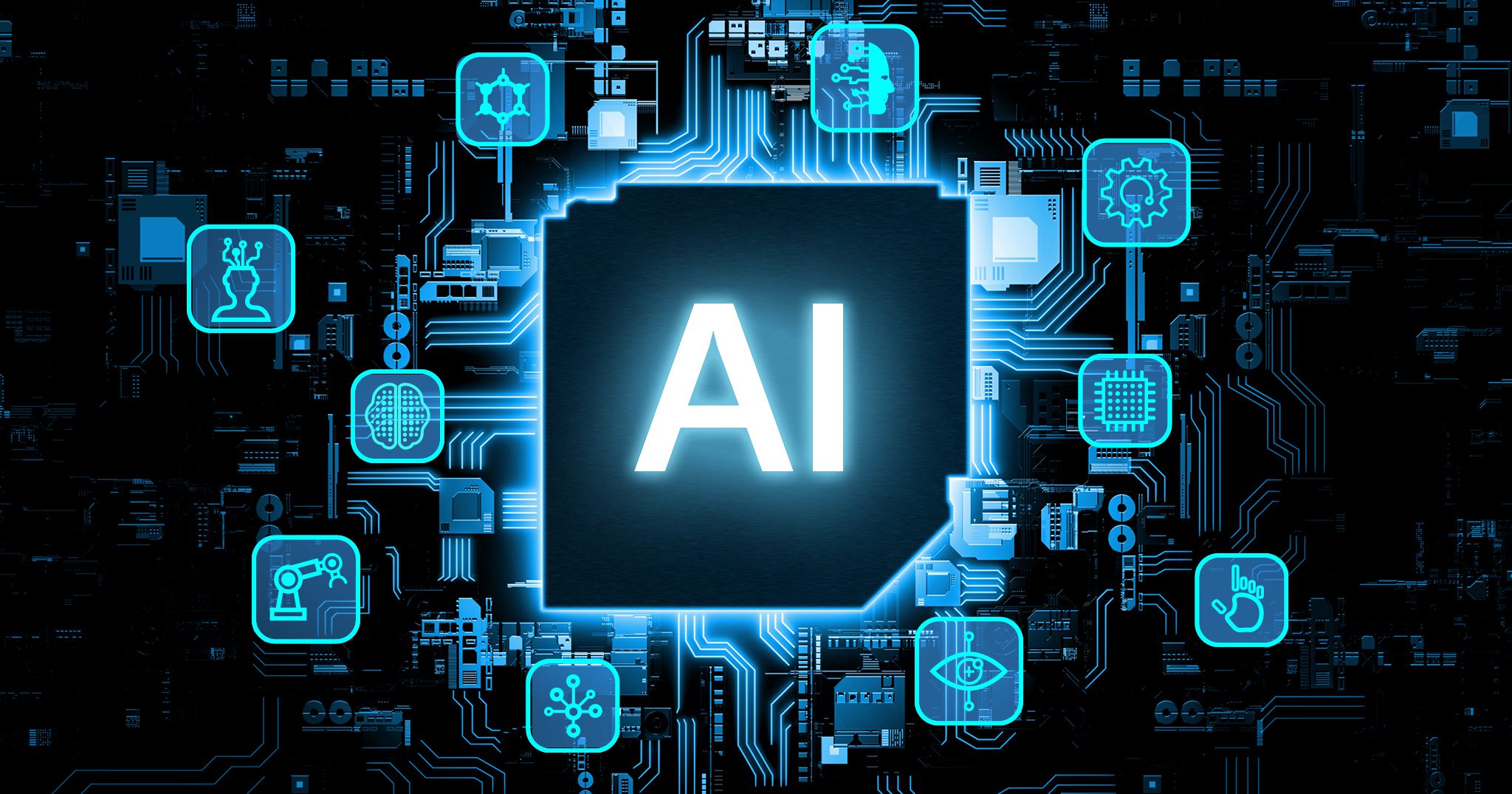
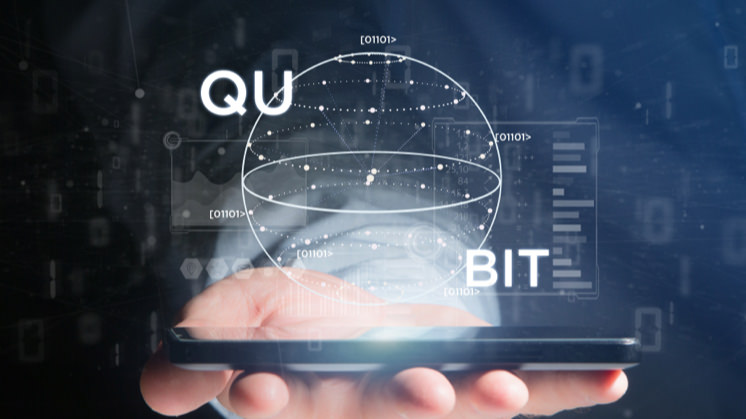
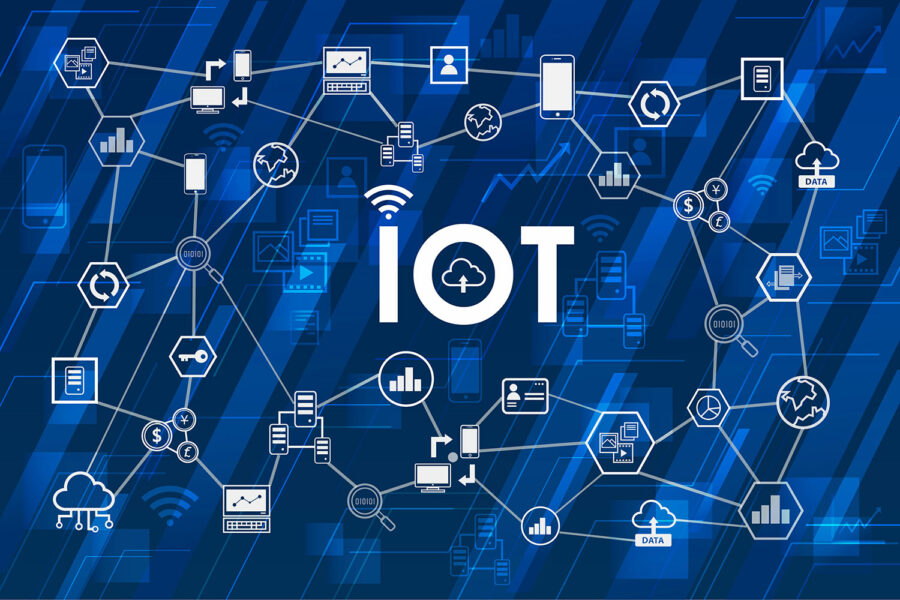
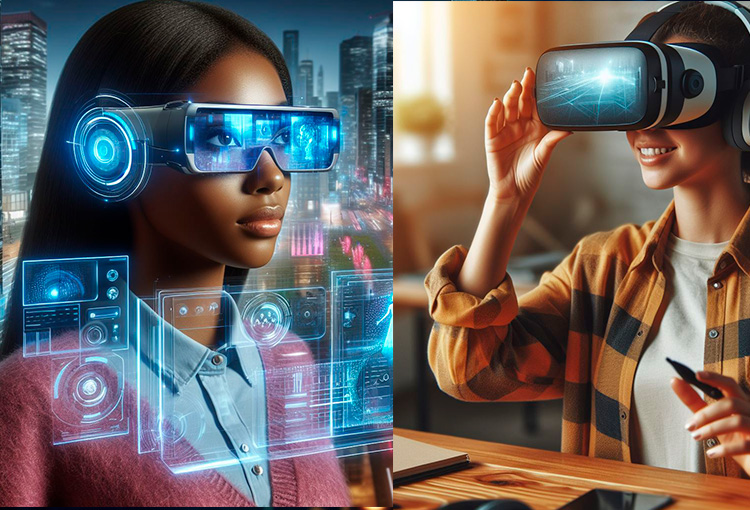


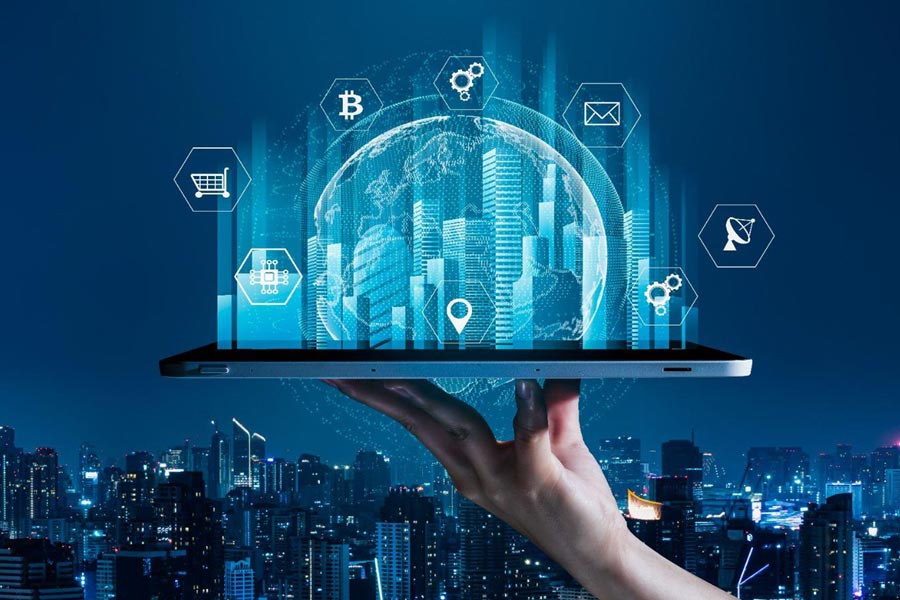
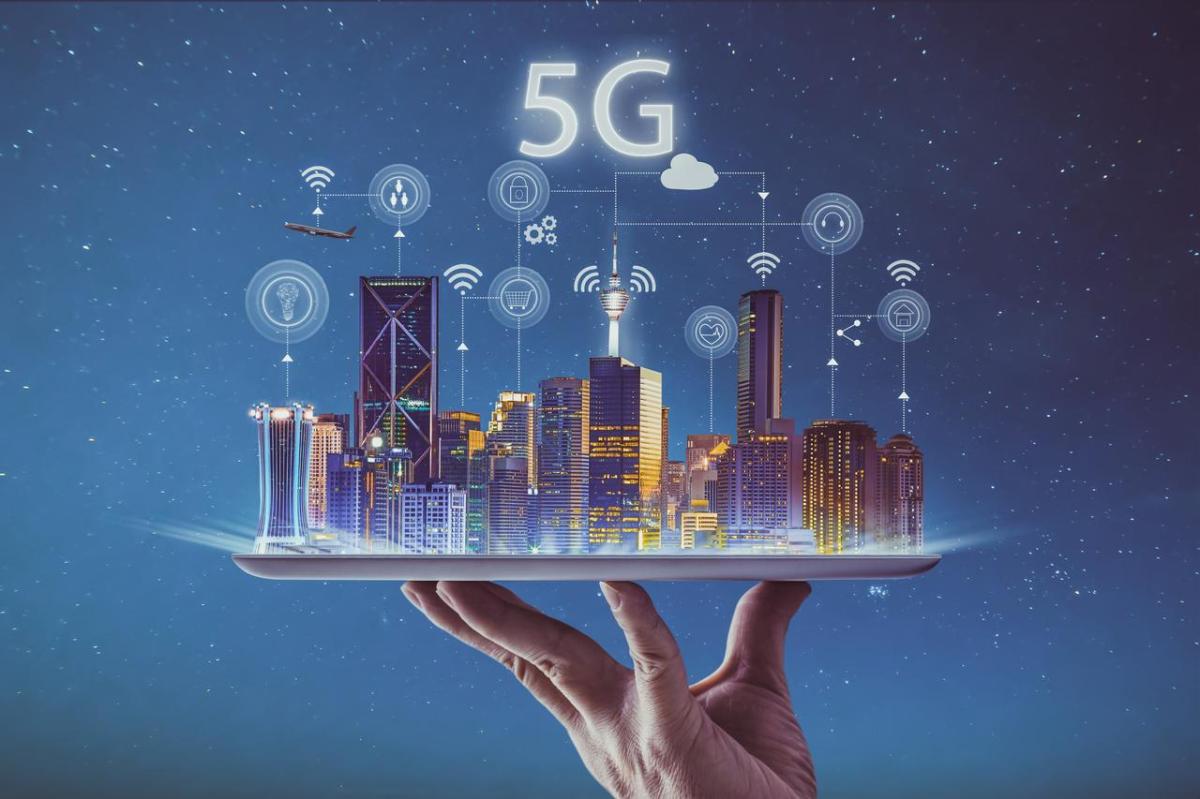



No responses yet